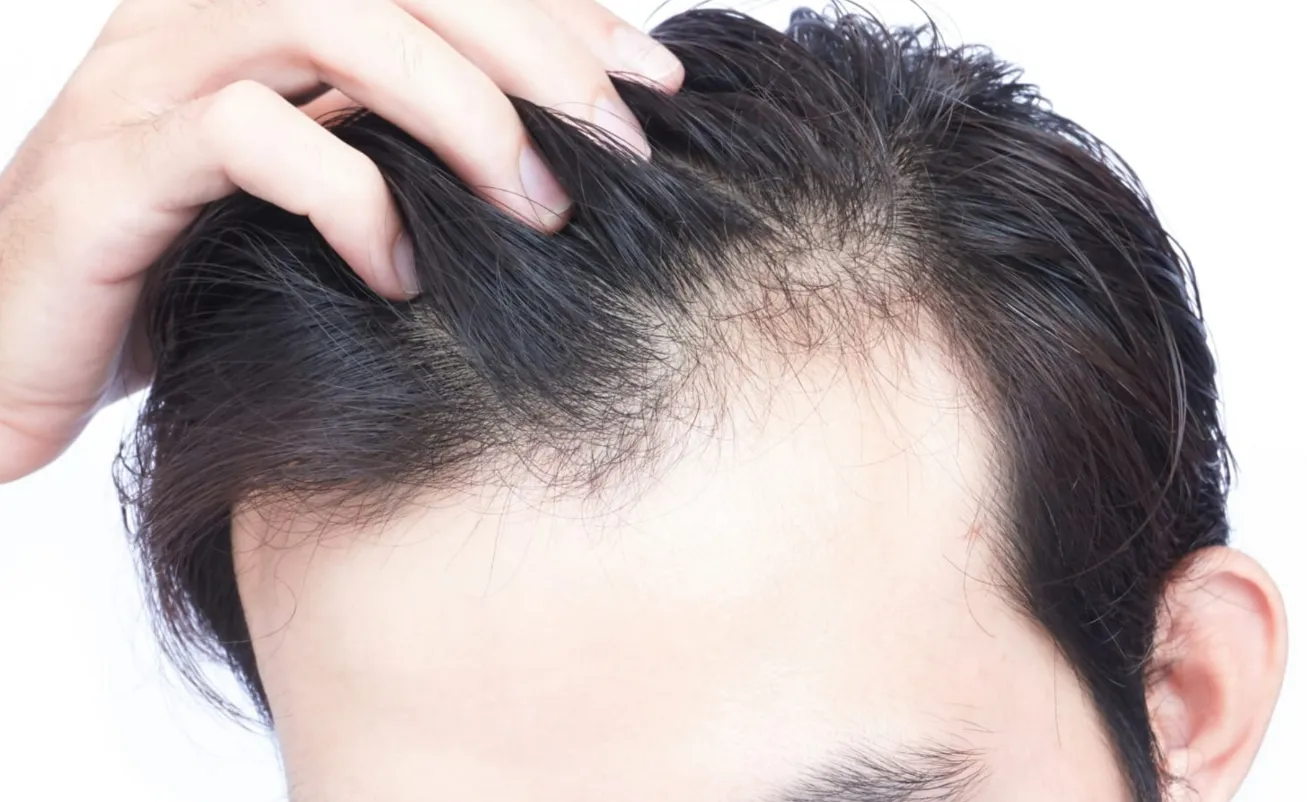Hair Loss Remedies: Traditional and Modern Solutions for a Timeless Problem
Content:
Hey there, fellow hair enthusiasts! 🙋♂️ If you’ve clicked on this article, chances are you’ve noticed a few extra strands on your pillow or in your shower drain. First off, take a deep breath. We’ve all been there. And the good news? Hair loss, while utterly annoying, isn’t unbeatable. Grab a cup of tea, and let’s journey through the world of hair loss remedies, from the good ol’ grandma’s secrets to the high-tech wonders of today.
A Little Throwback: Traditional Remedies
Alright, so these might sound like tales from a bygone era, but trust me, some of these old-school remedies still hold their own.
-
Aloe Vera: This isn’t just for sunburns! The gooey goodness can help soothe the scalp and unblock hair follicles.
-
Onion Juice: Yep, you read that right. As tear-inducing as they might be, onions have been known to promote hair growth. Just be ready for some… potent aromas.
-
Massage: Who doesn’t love a good head rub? Massaging the scalp can stimulate hair follicles. Plus, it’s super relaxing!
Hello, Science! Modern Solutions
Now, while traditional methods have their charm, science has given us some pretty snazzy solutions.
-
Minoxidil: Fancy name, right? It’s an over-the-counter liquid or foam that you rub on your scalp. Initially used for high blood pressure, folks started realizing it had a cool side effect: hair growth!
-
Laser Therapy: Sounds futuristic, huh? Low-level lasers can improve hair density. But don’t worry, this isn’t some sci-fi experiment. It’s FDA-approved!
-
Hair Transplants: This is for those of us looking for a more permanent solution. It involves taking hair from thicker patches and transplanting them to areas with less hair. Science is wild, right?
Lifestyle Choices Matter
Beyond specific treatments, some everyday habits can promote hair health:
-
Diet: Foods rich in iron, protein, and omega-3 fatty acids can promote hair health. Think spinach, salmon, and flaxseeds. Yum!
-
Avoid Tight Hairstyles: Constantly pulling your hair into a tight ponytail? Give your hair a break and let it loose.
-
Limit Heat: Those hair straighteners and curling irons? Use them in moderation. And when you do, a heat protectant is your BFF.
Finding What Works for You
Here’s the real tea: what works wonders for one person might not do the same for another. Hair loss can be influenced by a myriad of factors – genetics, diet, stress, or medical conditions. It’s like a puzzle, and sometimes you gotta try a few pieces before you find the right fit.
In Conclusion…
Hair loss might feel like a solo journey, but remember, countless others are on the same path, searching for solutions and sharing stories. So, whether you’re going the natural route, opting for the latest science-backed treatments, or a combo of both, you’re not alone in this hairy situation. Keep exploring, keep learning, and may the hair gods be ever in your favor! 🌱🔬👩🦲👨🦲
